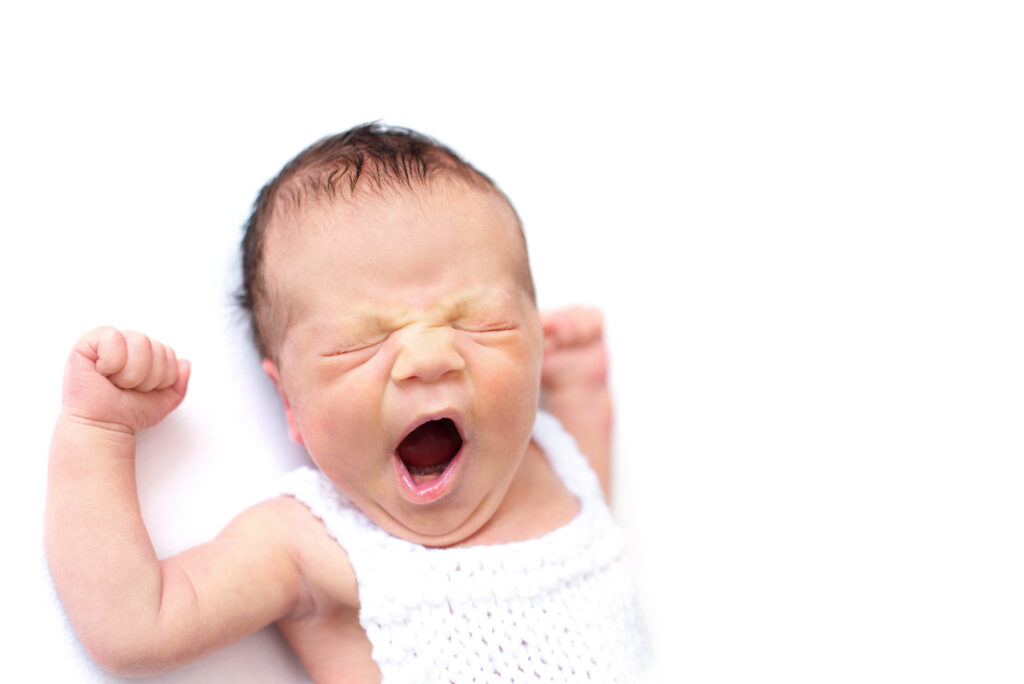
Mom Blog: Protect Your Newborn by Practicing the ABCs of Safe Sleep
Welcoming a new baby to your home is one of the most wonderful things your family can experience. While exciting, there can also be a lot of questions that come with your new addition!
One way that families can protect their newborn is to practice safe sleep. Safe sleep reduces the risk of Sudden Infant Death Syndrome, or SIDS. Tragically, about 3,500 infants in the United States die from SIDS every year. As a pediatrician, one of my most important jobs is talking to families about how they can reduce the risk of SIDS by practicing the “ABCs” of safe sleep.
Safe sleep means that until babies turn 1 year old, they should always be put to sleep like this:
A – Alone
• Babies and parents should not share the same bed. If you ever bring your baby into your own bed to feed or comfort them, always place them back in their own sleeping place when you are finished.
• Cushions, quilts, bumpers, and stuffed animals in the crib all increase the risk of SIDS and shouldn’t be used. In general, a baby stays comfortable in the crib and only needs one more layer of clothing than you’re wearing to stay warm.
• As much as we all love baby cuddles, never nap with your baby on a sofa or recliner chair. Sleep-related infant death risk is more than 60x higher when a baby sleeps with someone on a sofa, recliner chair or cushions.
B – Back
• Always place your baby on their back when putting them to sleep. Studies have shown that babies who sleep on their backs are less likely to pass away in their sleep compared to babies who sleep on their stomach or their sides.
• It’s very important that babies sleep flat on their backs, without any incline to the sleeping surface. A baby’s airway is shaped differently than an adult, and babies breathe easiest with the lowest risk of choking or suffocating when they are lying completely flat on their back.
C – Crib
• A firm, flat and empty sleep surface such as a crib, bassinet or portable crib/play yard is the only place where your baby should sleep. Check the Consumer Product Safety Commission website to ensure the sleep surface you have meets safety guidelines for babies.
• While your baby should always sleep in their own sleep area and not a bed, it’s safest to keep your baby’s crib in the same room as you for at least 6 months. Sharing a room can decrease a baby’s risk of SIDS by up to 50 percent.
When you have a new baby in your family, it can sometimes be overwhelming and hard to know the right thing to do. By following these ABCs, you are doing your best to keep your baby safe and reduce the risk of SIDS.